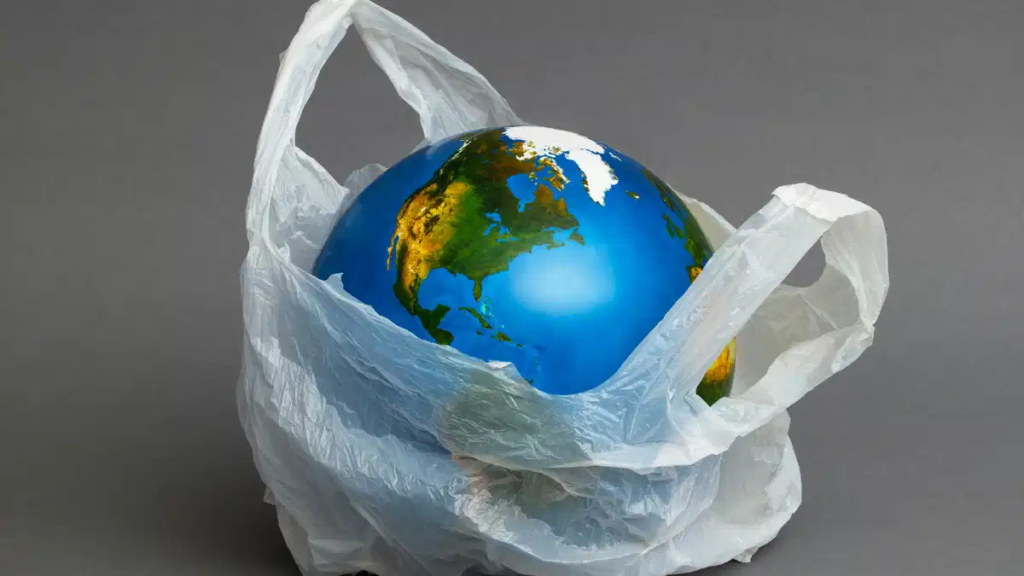
Rethinking Retail, Reshaping Responsibility
Table of Contents
- Introduction: More Than Just a Bag
- The Environmental Wake-Up Call
- Why Going Plastic-Free is a Business Advantage
- The First Step: Audit Your Plastic Footprint
- Alternatives That Speak Sustainability
- Creative Ways to Promote Reusable Solutions
- Empowering Customers Through Choice and Incentives
- Training Your Team for the Transition
- Case Studies: Brands That Walk the Talk
- Beyond the Bag: Building a Holistic Eco-Strategy
- Final Thoughts: From Bags to Brand Legacy
1. Introduction: More Than Just a Bag
A plastic bag may seem small, but it carries a heavy legacy. In the hands of a business, it represents either a missed opportunity or a bold shift. As consumers become more environmentally aware, companies have the power to be not just vendors—but visionaries.
2. The Environmental Wake-Up Call
Plastic bags are used for minutes but pollute for centuries. They clog oceans, kill wildlife, and contaminate food chains. Global bans and growing activism signal a clear message: single-use plastics are no longer sustainable for business or the planet.
3. Why Going Plastic-Free is a Business Advantage
- Brand Loyalty: 73% of Gen Z prefer eco-conscious brands.
- Cost-Reduction: Reusables can lower long-term expenses.
- Public Relations Win: Positive press and community respect follow responsible choices.
- Regulatory Readiness: Stay ahead of tightening global plastic laws.
4. The First Step: Audit Your Plastic Footprint
Before changing, measure what matters.
- Track how many plastic bags are used daily/weekly.
- Assess their origin, cost, and waste management.
- Identify points where alternatives can be introduced immediately.
5. Alternatives That Speak Sustainability
Choose materials that align with your values and customer expectations:
- Cloth bags – Durable and washable
- Paper bags – Biodegradable and recyclable
- Jute or canvas totes – Ideal for branding and resale
- Compostable bioplastic bags – A transition option where needed
6. Creative Ways to Promote Reusable Solutions
- Offer discounts to customers who bring their own bags
- Design beautiful branded reusable bags as collectibles
- Run limited-edition campaigns or bag exchange programs
- Introduce bag credits or loyalty points
7. Empowering Customers Through Choice and Incentives
Going plastic-free isn’t just about replacement—it’s about mindset.
- Display signage that explains your plastic-free journey
- Train cashiers to prompt customers to go reusable
- Use social media to educate and celebrate plastic-free shoppers
8. Training Your Team for the Transition
Your staff is your sustainability ambassador.
- Conduct eco-awareness workshops
- Provide simple talk-points for customer interactions
- Recognize employees who champion green practices
9. Case Studies: Brands That Walk the Talk
- IKEA: Phased out single-use plastic bags, pushing reusable alternatives globally.
- Lush Cosmetics: Uses paper and fabric packaging only.
- Big Bazaar India: Adopted cloth bag options long before regulation.
These businesses prove: change is not only possible—it’s profitable.
10. Beyond the Bag: Building a Holistic Eco-Strategy
Think big:
- Eliminate plastic packaging where possible
- Adopt bulk bin systems or refill stations
- Host community clean-up drives or plastic awareness events
Sustainability should be your signature—not just a side project.
11. Final Thoughts: From Bags to Brand Legacy
The plastic-free movement is not a trend—it’s a transformation. For businesses, going bag-free is a simple yet powerful gesture that speaks volumes about your values. In a world looking for leadership, let your brand be the one that carries the future—not the waste.

